There’s something deeply satisfying about baking your own sourdough bread—the crackle of the crust, the tangy aroma, the soft and airy crumb. But beyond the loaf lies a journey worth savoring.
Whether you’re a curious first-timer or a seasoned home baker, this guide will walk you through every step of sourdough creation—from mixing your first starter to slicing into that golden, homemade masterpiece.
Forget the intimidation. Making sourdough isn’t about perfection—it’s about connection. To the process, to your senses, and to centuries of tradition. With a few simple ingredients, a bit of patience, and plenty of hands-on love, you’ll create more than just bread. You’ll bake a story.
Creating the Starter
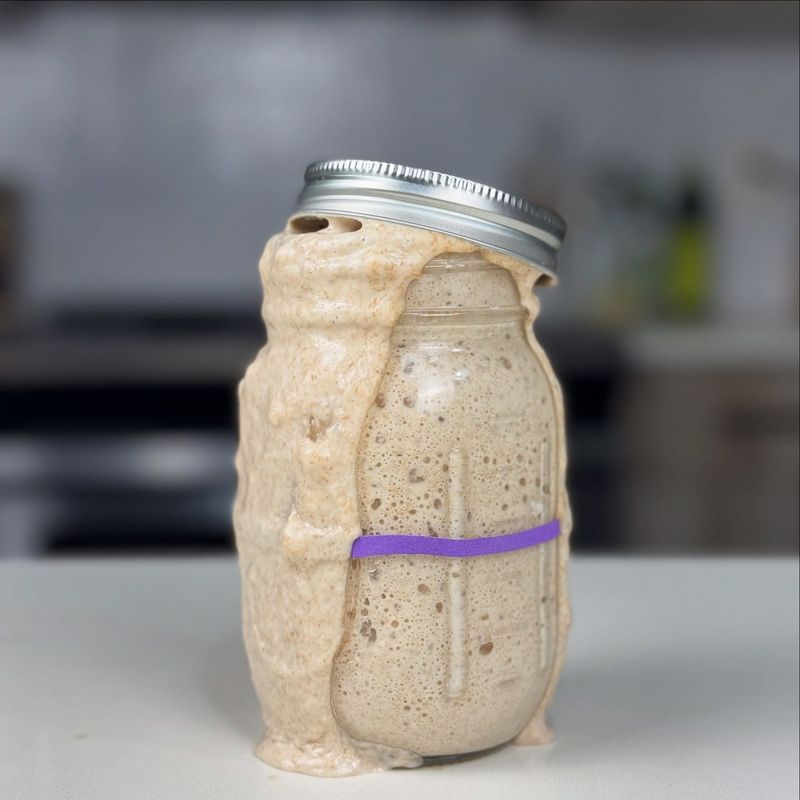
In the world of sourdough, the starter is your bread’s soul. Picture this: a simple blend of flour and water bubbling away on your counter, full of life. You’ll need to nurture it with daily feedings, almost like a cherished houseplant.
Why does it matter? This symbiotic relationship between yeast and bacteria gives sourdough its distinct tang and rise. Starting can be as simple as mixing equal parts of flour and water.
Now, patience is key. With each feeding, you’re cultivating a flavor profile unique to your kitchen. In about a week, you’ll have a lively, bubbly starter. And there’s magic in knowing your bread begins with just two humble ingredients. A bit like raising a pet, it requires commitment but rewards with endless joy.
Gathering Ingredients
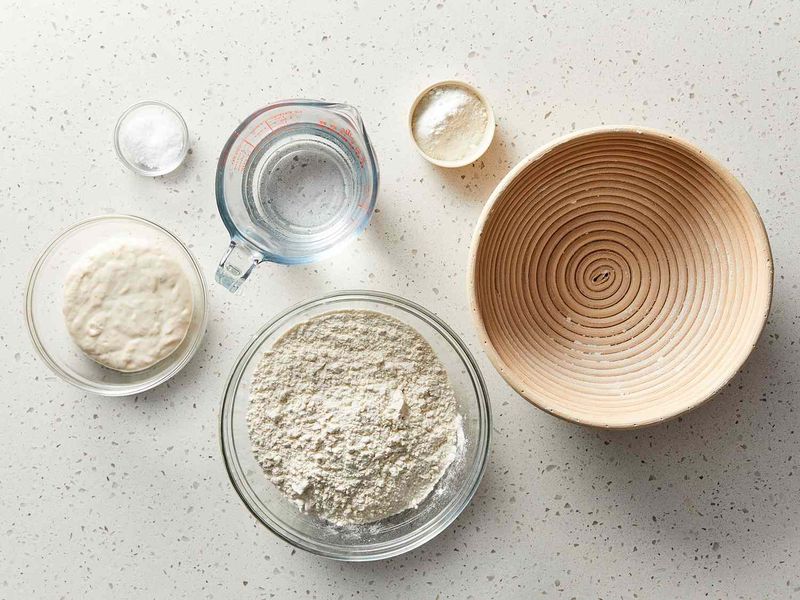
Gathering ingredients for sourdough bread is like preparing for a small culinary adventure. It’s not just flour, water, and salt; it’s the anticipation of creating something from scratch. You’ll want to use quality materials, as these are the backbone of your bread.
Bread flour is preferable for its high protein content, which aids in gluten development, resulting in a better structure. As for water, filtered or bottled is best, as chlorine can inhibit yeast growth.
Lastly, salt, the often-underestimated hero, brings flavor and helps control fermentation. Each ingredient has its role, working in harmony to bring your loaf to life. It’s a simple yet profound ritual that connects you to generations of bakers before you.
Mixing the Dough
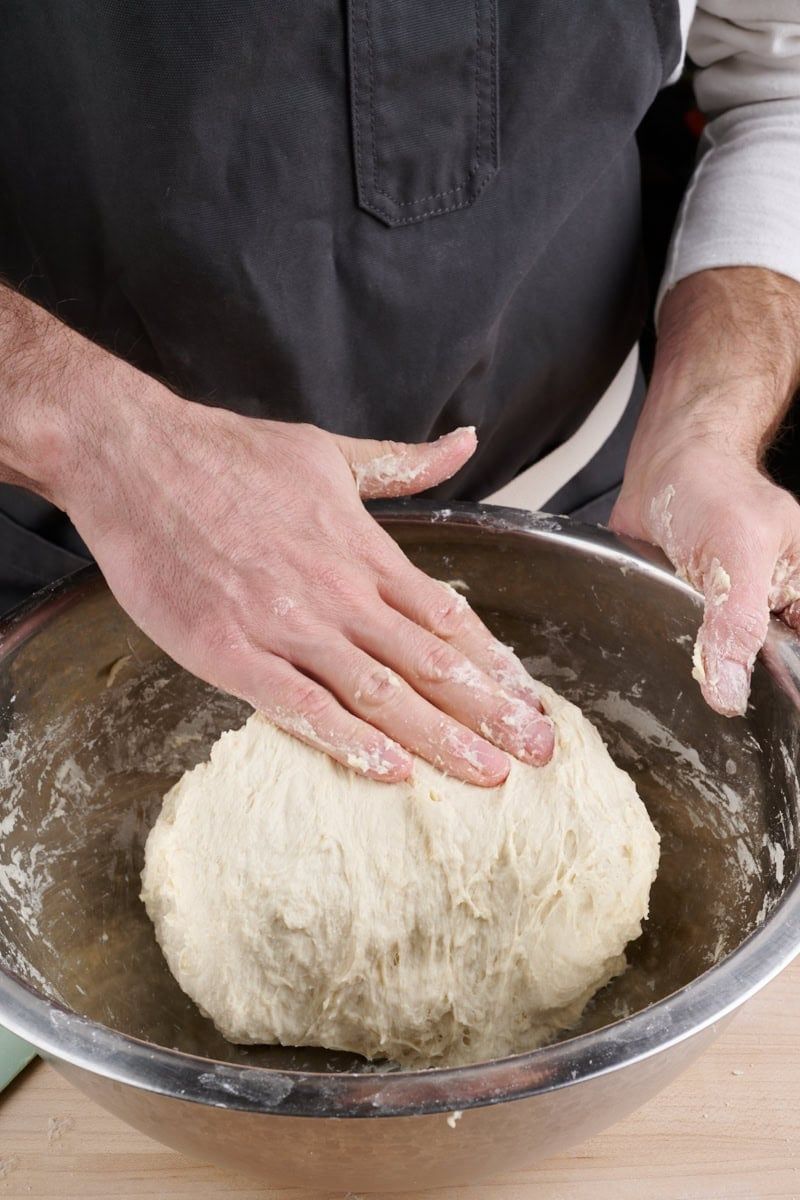
Mixing dough is where the magic begins. Imagine sticky fingers and flour-dusted countertops. This is where ingredients transform into something cohesive and full of potential. Start by combining your starter with flour and water, and watch as it comes together in a beautiful mess.
Kneading is essential—it develops the gluten, which is crucial for structure and elasticity. Your hands will tell you when it’s ready; the dough becomes smooth and elastic, a living entity in your hands.
While it seems manual, this process connects you more deeply to your bread. It’s the tactile joy of baking, where you feel the dough responding to your touch and becoming something more than the sum of its parts.
Bulk Fermentation
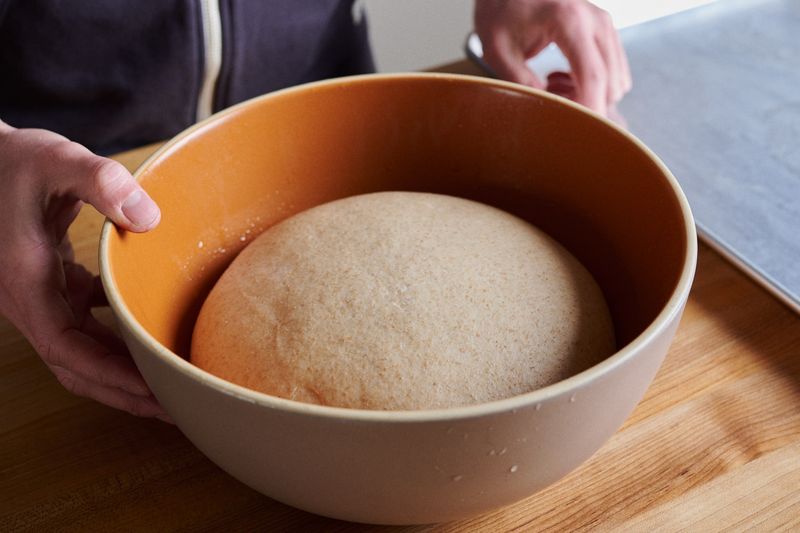
Bulk fermentation is where flavors deepen, and your dough grows. Imagine your dough resting in a bowl, covered, slowly rising over hours. This is the stage where yeast and bacteria work their magic, developing flavor and texture.
It’s crucial to give it time, sometimes up to six hours, for the dough to double in size. During this period, gentle turns and folds every half hour help to strengthen it.
The dough will be airy and alive, a testament to the power of fermentation. It’s a waiting game, yes, but one filled with anticipation. You’ll learn to read your dough, understanding when it’s ready to move to the next stage. This patience pays off in delicious complexity and character.
Shaping the Dough
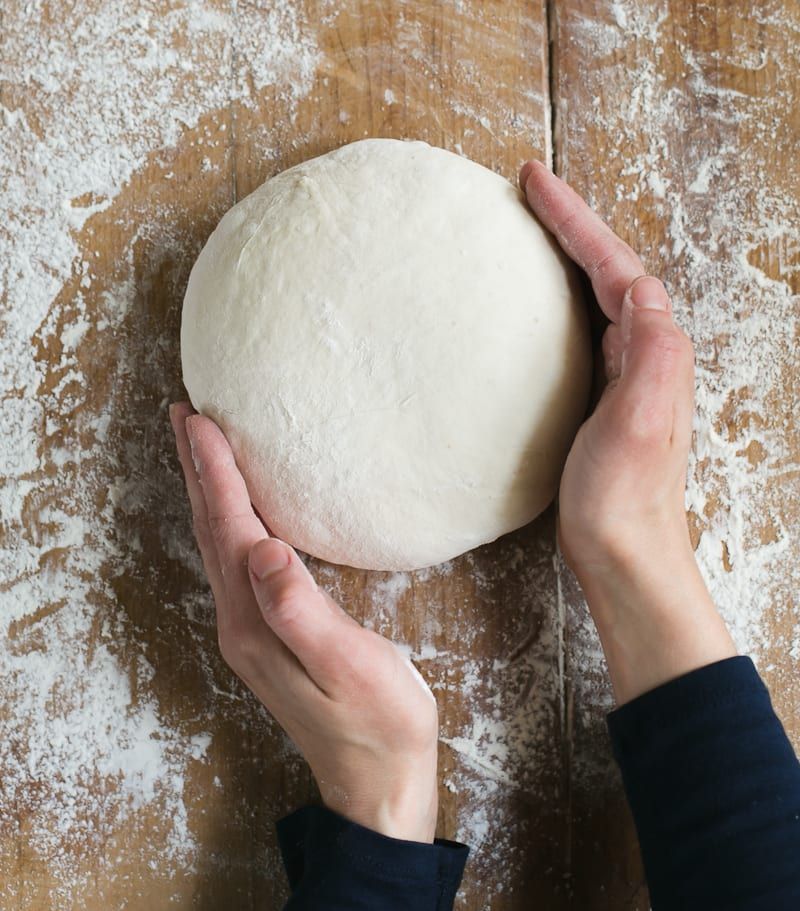
Shaping your dough is artistry in motion. After fermentation, it transforms from a sticky mass to a smooth, cohesive form. This is where you guide it into its final shape, whether a rustic boule or a classic batard.
As you gently fold and turn it, consider how it feels in your hands. The dough should hold its shape yet remain pliable. This step is about creating surface tension, allowing your bread to rise beautifully in the oven.
It’s more than technique; it’s about intuition and feel. Like a sculptor with clay, you’re crafting something with your own hands. This process is a dance between you and the dough, setting the stage for the final performance.
Proofing the Dough
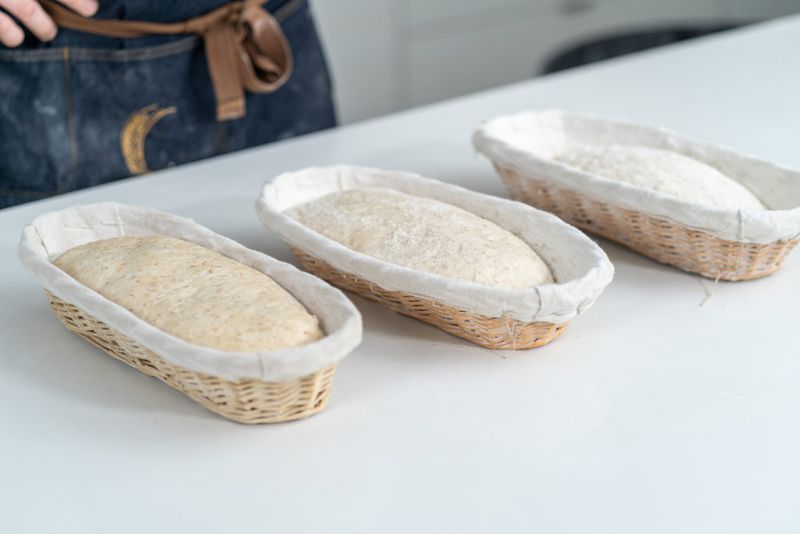
Proofing is the quiet interlude before baking. In this stage, your shaped dough gets its final rise. Rest it in a banneton, a special basket that helps maintain its shape, while it doubles in size once more.
This can take a few hours at room temperature or overnight in the fridge for a more profound flavor. The dough becomes airy and light, promising a good oven spring.
It’s a delicate balance—too much proofing, and it can collapse; too little, and it won’t rise as expected. Finding that sweet spot is a baker’s art, a skill honed with experience. Here, you exercise patience and trust, preparing for the culmination of your efforts.
Scoring the Dough
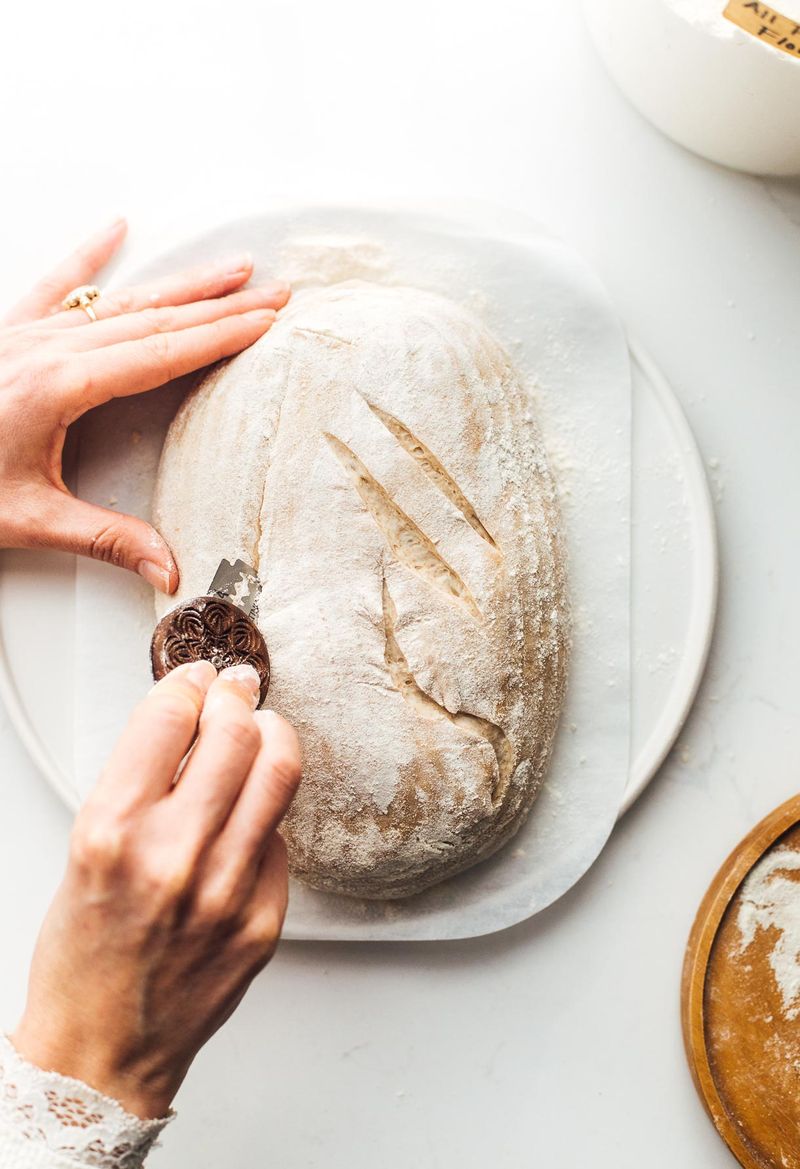
Scoring is where you make your mark, quite literally. Before baking, a sharp blade creates patterns on the dough’s surface. This isn’t just decorative; it controls how steam escapes, guiding the bread’s expansion in the oven.
Think of it as a signature, a personal touch that distinguishes your loaf. The cuts should be swift and confident, allowing the loaf to bloom. It’s a moment to express creativity, whether simple slashes or elaborate designs.
As the oven works its magic, these scores transform into golden ridges and valleys. It’s a visual delight, adding character to the bread. Here’s where form meets function, an artistic flourish that’s both practical and pretty.
Baking the Bread
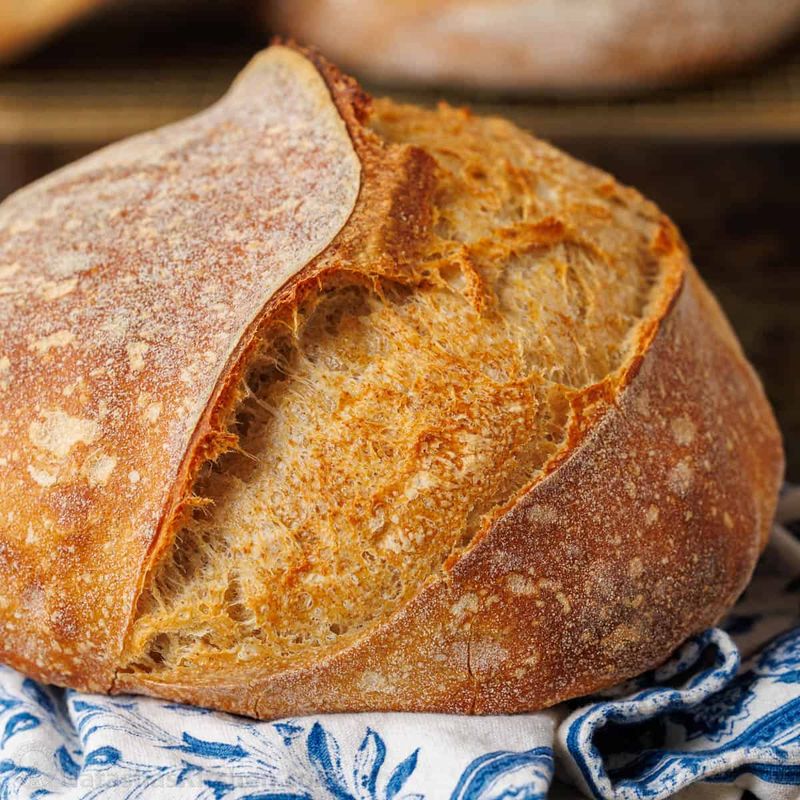
Baking is the grand finale of your sourdough journey. As the dough enters a hot oven, magic happens. The smell that fills your kitchen is intoxicating, a warm invitation to the senses.
Steam is crucial in the first stages of baking, aiding in crust formation and expansion. You’ll witness your dough rise and take shape into a beautifully browned loaf. The crust crackles as it cools, a sound synonymous with success.
This transformation is a testament to your patience and skill, from simple ingredients to a loaf full of flavor and character. It’s an achievement worth savoring, a result of nurturing and craft. And as it cools, anticipation builds for that first delicious slice.
Cooling the Bread
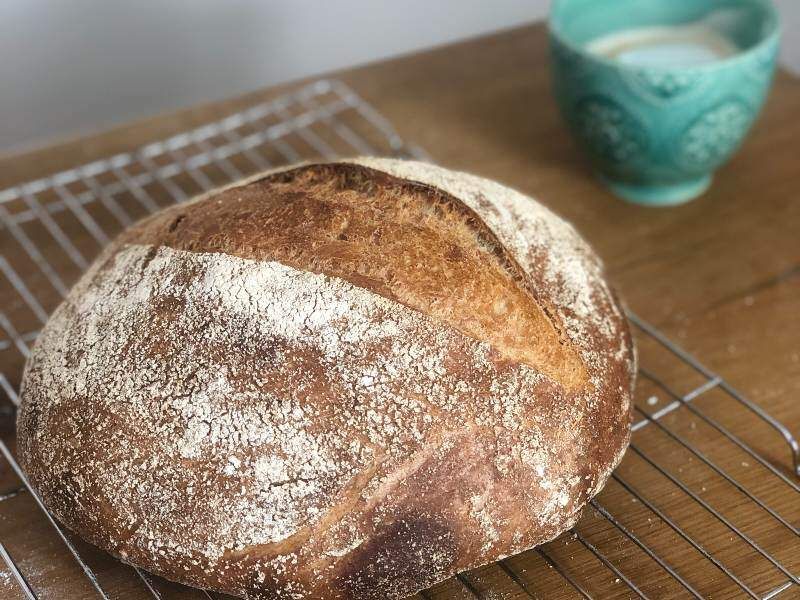
Cooling is the final, often overlooked, stage in bread making. It’s tempting to cut into a fresh loaf, but patience here pays off. As it cools on a wire rack, the bread sets, and flavors fully develop.
This stage is crucial for texture, allowing moisture to redistribute. Cutting too early may result in a gummy crumb, so resist the urge. Letting it cool completely ensures the crust stays crisp, and the crumb achieves the right consistency.
It’s the calm after the storm, a moment to appreciate the fruits of your labor. This pause enhances the eating experience, making that first bite all the more rewarding. Truly, good things come to those who wait.
Slicing and Enjoying
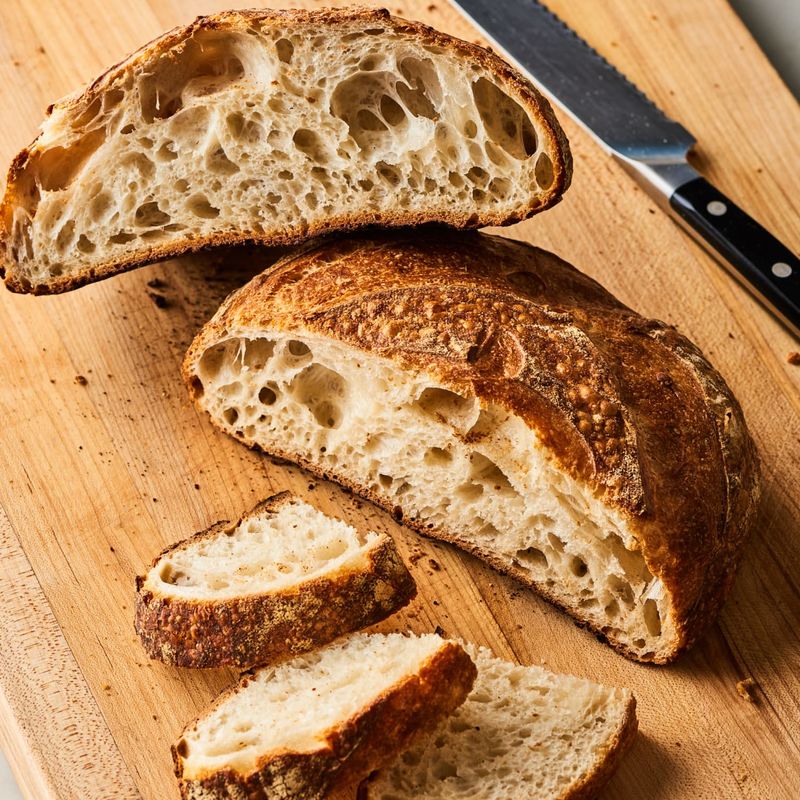
Slicing into your sourdough is pure joy. With its crisp crust and soft, airy crumb, each slice is a testament to your baking journey. The contrast between the crackling crust and tender interior is what makes sourdough so delightful.
Pair it with butter, cheese, or simply enjoy it on its own. This is the moment where effort meets enjoyment, where the kitchen becomes a place of celebration.
Sharing your creation with family or friends amplifies the joy. It’s more than just bread; it’s a story of patience, skill, and love. Each slice is a chapter, retelling the tale of your labor and care. Enjoy every bite—it’s well-earned.
Leave a comment